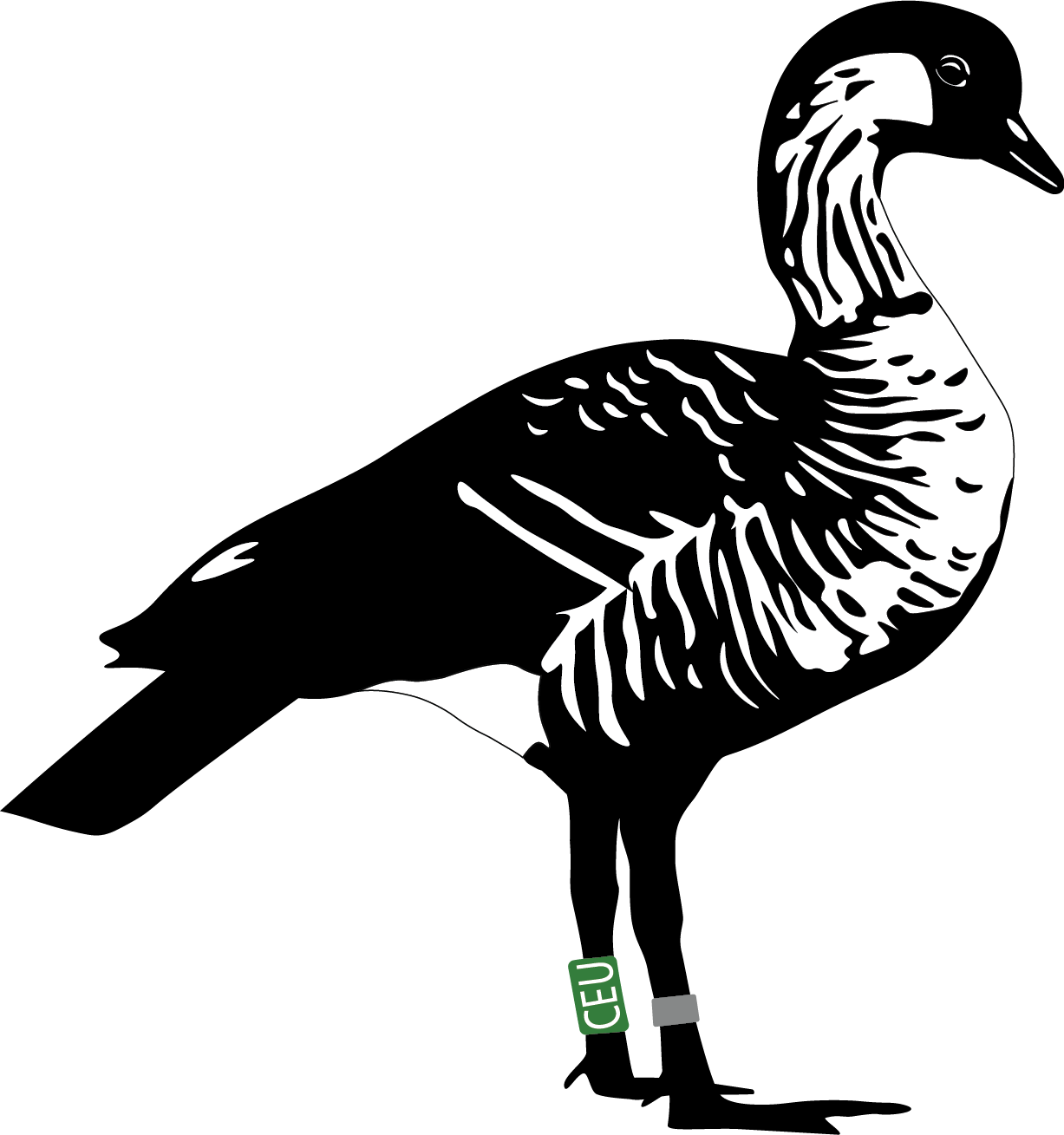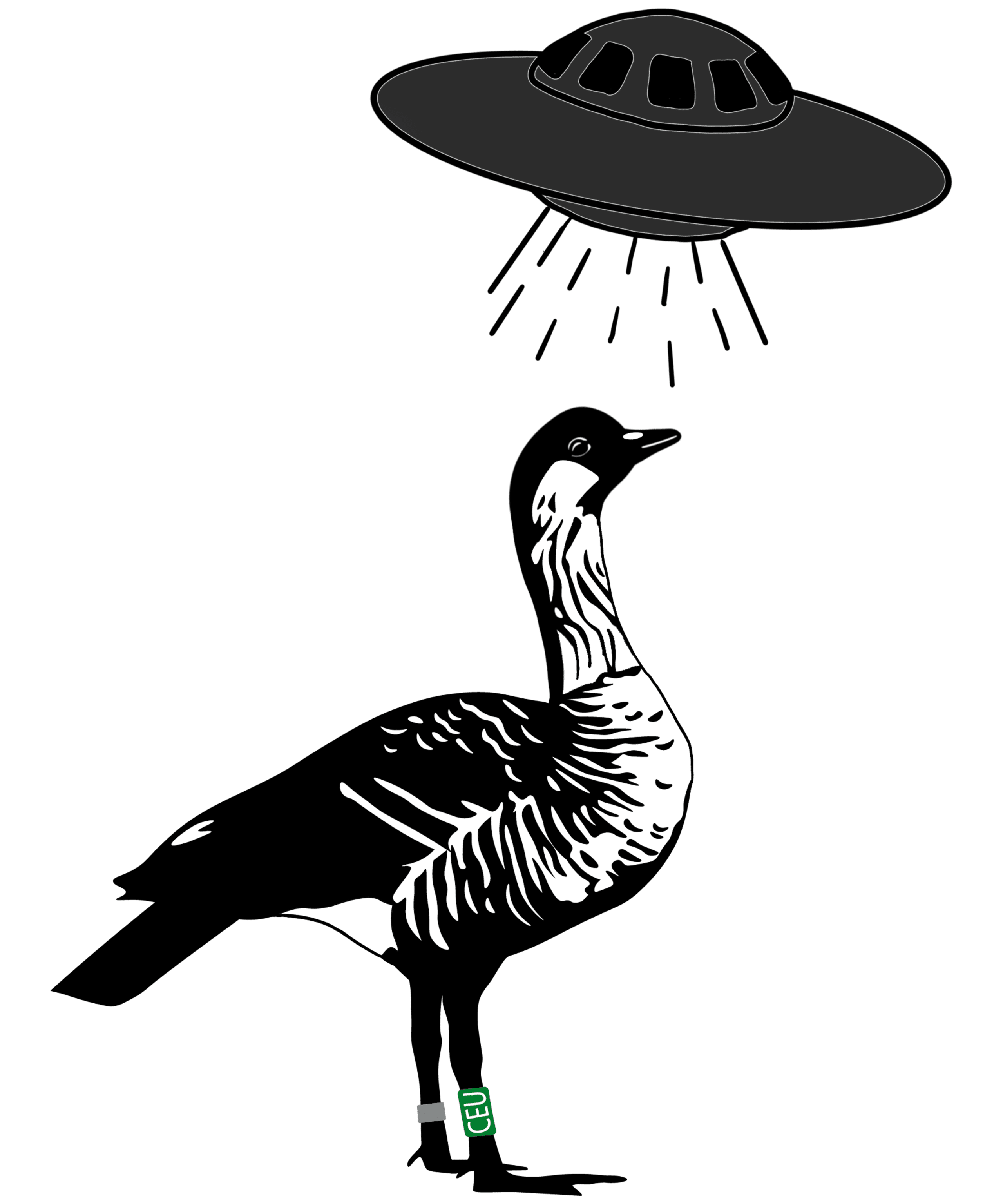Habitat
Nēnē are found in a variety of habitats in Hawaiʻi, including grasslands, old lava flows, and human-altered habitats like golf courses and parks. Traditionally, on Hawaiʻi Island it was observed that nēnē migrated from lowland areas to nest in the winter to mid-elevation areas in the summer. On Kauai, they primarily use lowland habitats such as coastal wetlands, with the exception of the cliffs above Nā Pali.
It was reported in 2022 that about 40 nēnē have been found injured on golf courses across the state. Based on our survey data we found that while injured nēnē are found at higher rates on golf courses the source of the injury is often unclear. More than half of the injured nēnē we discover on golf courses were not observed during the previous survey. This suggests that these birds might have gotten injured in other places and are seeking refuge on golf courses. We now monitor five golf courses on Hawaiʻi Island that account for over half of the total island population. It is also worth noting that the habitat golf courses provide also contributes significantly to nesting success. In the 2023 – 2024 nesting season we tracked 43 nests and counted at least 78 goslings.
Recent studies have found that nēnē prefer human-modified landscapes during the molting season and higher elevation areas during the non-breeding season. Habitat loss due to urban development and land conversion for agriculture can impact the population. Wind farms also pose a significant risk if located in areas where nēnē transit through.
What are we doing to help?
Our sighting database allows us to identify critical nēnē habitat and work with stakeholders to mimize threats. This year we are working on the following:
- Working with golf courses to provide additional materials to guests so they are aware of the actions required when a nēnē is injured or killed.
- Improving signage to better communicate nēnē conservation information with locals and visitors.
- Predator monitoring and mongoose trapping near nesting areas.
- Speed monitoring in areas where nēnē are prone to being hit by cars.
You can help too!
- When driving, be alert for nēnē crossing signs and slow down to avoid hitting them.
- Respect nēnē’s natural habitats and avoid disrupting their nesting areas.
- Do not feed nēnē.
- Send us photos of banded nēnē!
- Support organizations and campaigns that work towards nēnē conservation by donating or spreading awareness about the issue with your friends and family.
- Educate yourself and others about nēnē, their habitat, and the threats they face.

